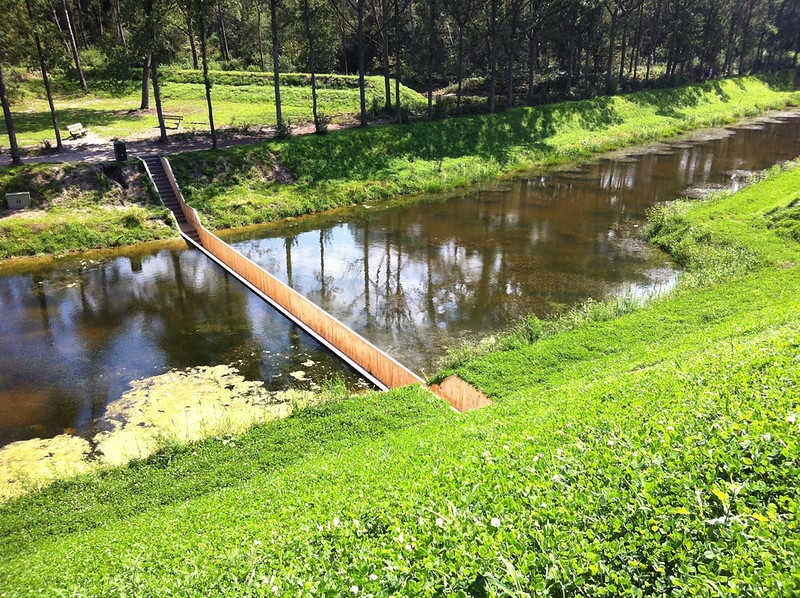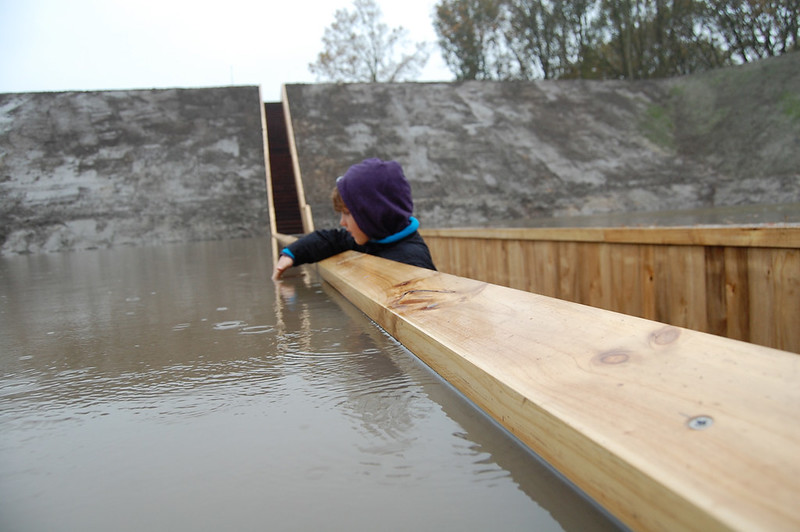Art
Local Fauna
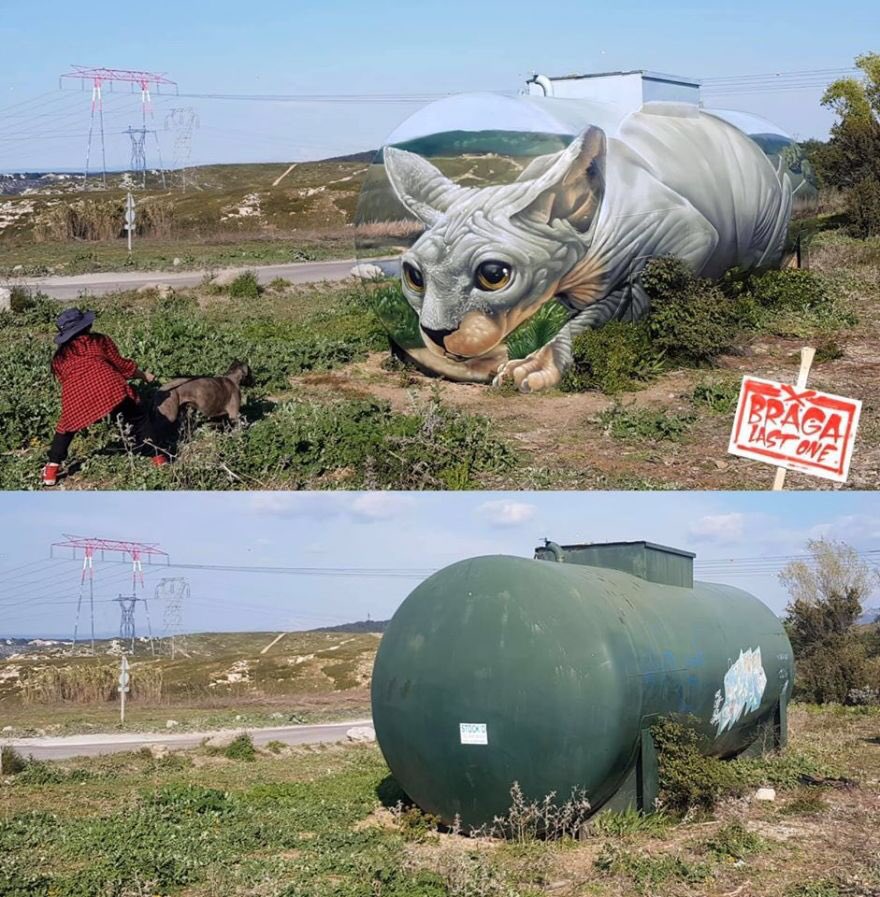
French street artist Braga Last One used spray paint to transform a gas tank outside Marseilles into a Sphynx cat.
The piece must be viewed from a certain perspective, but it blends into the landscape to make the illusion more compelling.
See more of the artist’s work at My Modern Met.
Conversation Piece
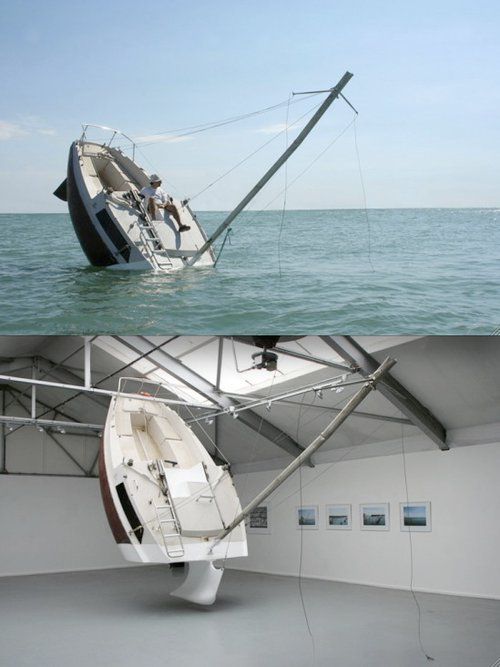
French conceptual artist Julien Berthier designed this yacht, known as the Love Love — it’s fully seaworthy but appears perpetually to be sinking.
He says it represents “lost hope and death.”
(Via the American Sailing Association.)
Left and Right

The Airavatesvara Temple of Tamil Nadu bears a remarkable ambiguous carving — the head can be perceived as belonging either to the bull or to the elephant.
Memorial
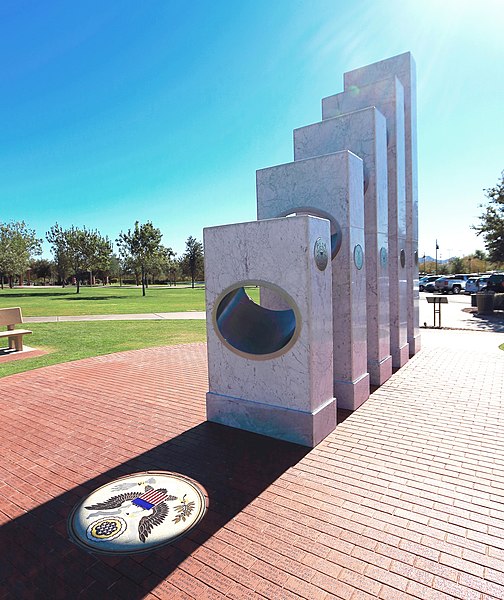
The Anthem Veterans Memorial, in Anthem, Arizona, consists of five white pillars representing the Army, Marine Corps, Navy, Air Force, and Coast Guard. Each pillar contains a slanted elliptical opening, and the five are arranged so that at 11:11 a.m. on Veterans Day, November 11, the sun’s light passes through all five and illuminates the Great Seal of the United States, which is inlaid among 750 red paving stones engraved with the names of veterans.
https://www.youtube.com/watch?v=euiFY-RxeRE
Podcast Episode 298: The Theft of the Mona Lisa
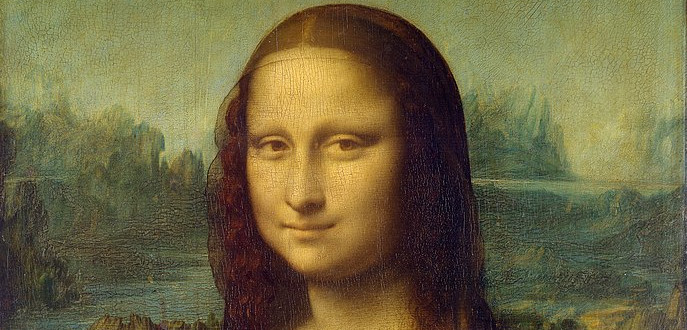
In 1911, the Mona Lisa disappeared from the Louvre. After an extensive investigation it made a surprising reappearance that inspired headlines around the world. In this week’s episode of the Futility Closet podcast we’ll tell the story of the painting’s abduction, which has been called the greatest art theft of the 20th century.
We’ll also shake Seattle and puzzle over a fortunate lack of work.
Medieval Music
In 2016, after 20 years of research, Cambridge University medieval music specialist Sam Barrett used the rediscovered leaf of an 11th-century manuscript to reconstruct music as it would have been heard a thousand years ago.
Melodies in those days were not recorded as precise pitches but relied on the memory of musicians and on aural traditions that died out in the 12th century. “We know the contours of the melodies and many details about how they were sung, but not the precise pitches that made up the tunes,” Barrett said. The missing leaf, appropriated by a Germanic scholar in 1840, contained vital neumes, or musical symbols, that allowed him and his colleagues to finish their reconstruction of Boethius’ “Songs of Consolation” as it was performed in the Middle Ages.
“There have been times while I’ve been working on this that I have thought I’m in the 11th century, when the music has been so close it was almost touchable,” Barrett said. “And it’s those moments that make the last 20 years of work so worthwhile.”
Art Criticism
One evening, sitting outside the Café de la Paix with Oscar Wilde, we were joined at our table by Caton Woodville, the war correspondent. He was something of a Münchhausen, and liked to boast of his exploits. He had recently been painting a picture for Queen Victoria — I forget what the subject was — in which the Queen herself was portrayed. When it was finished, he received a command to take it to Windsor. He described how Her Majesty entered the room, went up to the picture, examined it carefully in silence and then walked towards the door. As she opened the door she turned round and said coldly, ‘We are redder than that, Mr Woodville,’ and swept out.
— William Rothenstein, Men and Memories: Recollections, Vol. I (1872-1900), 1931
The Paternoster Vents
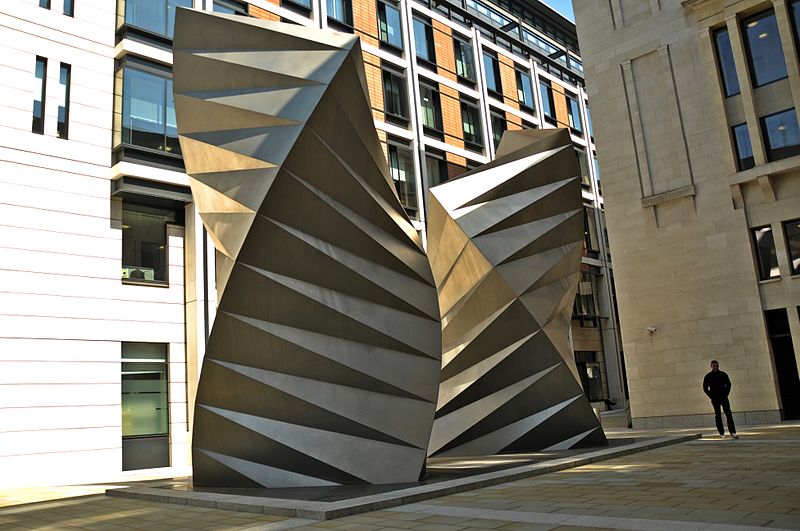
At the end of a narrow pedestrian alleyway off Paternoster Square near St. Paul’s Cathedral in London are a pair of stainless-steel “angel’s wings” 11 meters high. Designed by Thomas Heatherwick, the sculpture actually serves a practical purpose: It provides ventilation for an electrical substation below ground. Cool air is sucked in through grids on the ground, and hot air is conducted through the sculpture and released high overhead.
“The commissioner had been exploring options that involved creating a single structure that housed both inlet vents and outlet vents,” Heatherwick wrote. “It made a large bulky object that dominated the public square around it, reducing it to little more than a corridor. As this was a sensitive location near St. Paul’s, we decided to make it our priority to shrink the visible mass of the vent structure to a minimum.”
(From Mary Acton, Learning to Look at Sculpture, 2014.)
Modes of Expression
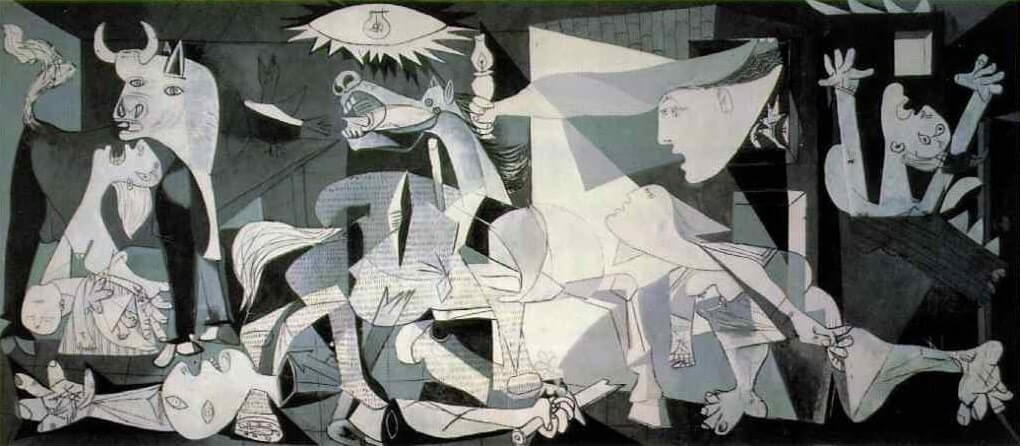
Imagine a society which does not have an established medium of painting but does produce a kind of work called guernicas. Guernicas are like versions of Picasso’s ‘Guernica’ done in various bas-relief dimensions. All of them are surfaces with the colors and shapes of Picasso’s ‘Guernica,’ but the surfaces are molded to protrude from the wall like relief maps of different kinds of terrain. Some guernicas have rolling surfaces, others are sharp and jagged, still others contain several relatively flat planes at various angles to each other, and so forth. Picasso’s ‘Guernica’ would be counted as a guernica in this society — a perfectly flat one — rather than as a painting. Its flatness is variable and the figures on its surface are standard relative to the category of guernicas. Thus the flatness, which is standard for us, would be variable for members of the other society … and the figures on the surface, which are variable for us, would be standard for them. This would make for a profound difference between our aesthetic reaction to ‘Guernica’ and theirs. It seems violent, dynamic, vital, disturbing to us. But I imagine it would strike them as cold, stark, lifeless, or serene and restful, or perhaps bland, dull, boring — but in any case not violent, dynamic, and vital. We do not pay attention to or take note of ‘Guernicas”s flatness; this is a feature we take for granted in paintings, as it were. But for the other society this is ‘Guernica”s most striking and noteworthy characteristic — what is expressive about it. Conversely, ‘Guernica”s color patches, which we find noteworthy and expressive, are insignificant to them.
— Kendall L. Walton, “Categories of Art,” Philosophical Review (1970), 334-367

